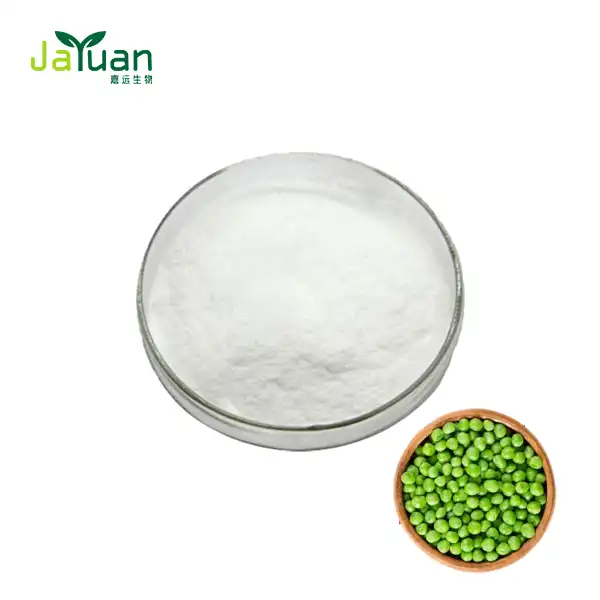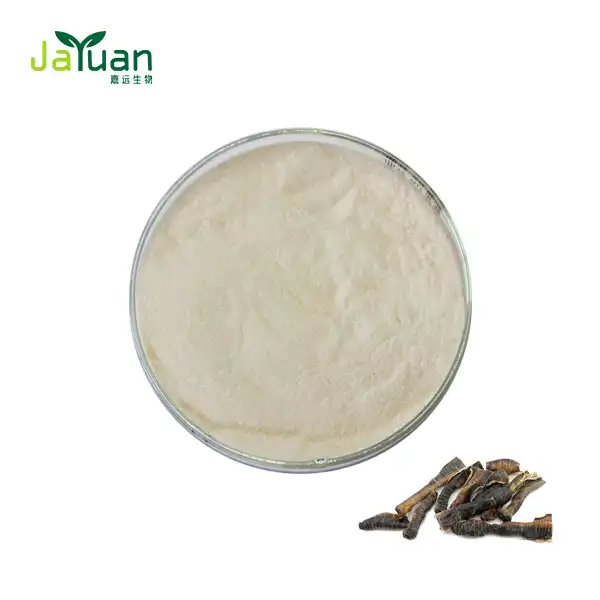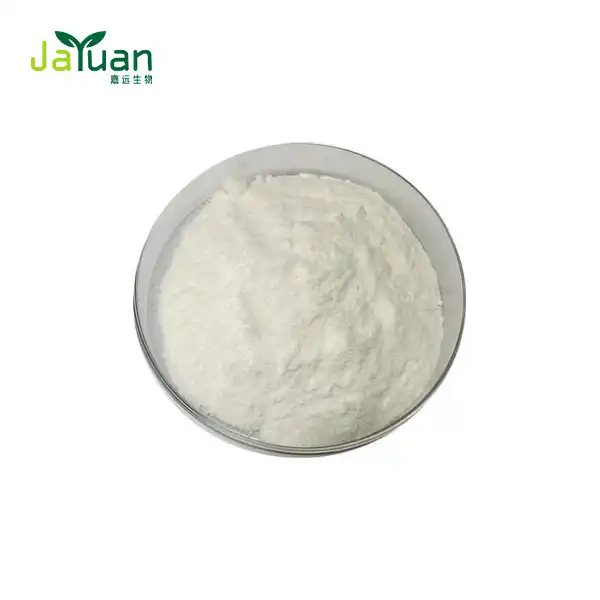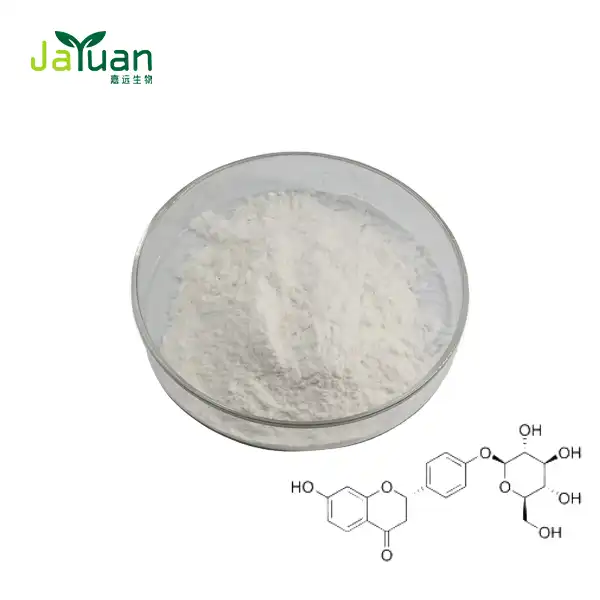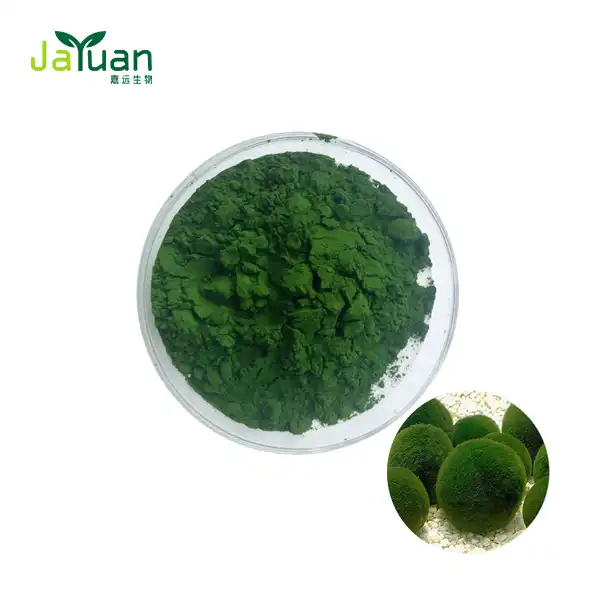How much caffeine is in oolong tea extract?
Oolong tea extract has gained popularity as a health supplement ingredient, but many people wonder about its caffeine content. In this comprehensive guide, we'll explore the caffeine levels in the product, discuss low-caffeine options, and examine how processing affects caffeine content. Whether you're a tea enthusiast or considering incorporating the product into your wellness routine, this article will provide valuable insights to help you make informed decisions.
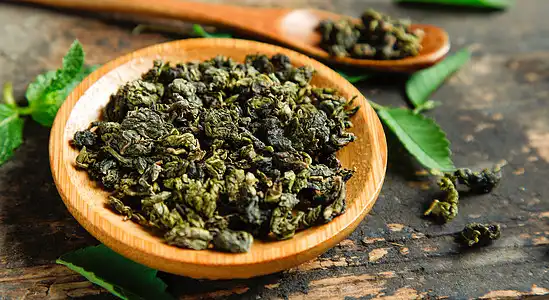
Caffeine Content in it
Understanding the caffeine content in the product is crucial for those who are sensitive to caffeine or monitoring their intake. Let's delve into the factors that influence caffeine levels and compare the product to other popular beverages.
Factors Affecting Caffeine Levels in it
Several factors can impact the amount of caffeine present in the product:
- Oxidation level: Oolong teas can range from lightly oxidized to heavily oxidized, which affects caffeine content.
- Leaf quality: Younger leaves and buds typically contain more caffeine than older, mature leaves.
- Brewing method: The extraction process used to create the tea extract can influence caffeine levels.
- Cultivar: Different tea plant varieties may have varying caffeine contents.
Average Caffeine Content in it
While caffeine levels can vary, on average, it contains approximately 20-55 mg of caffeine per gram. This range is lower than that of black tea extract but higher than green tea extract. It's important to note that the caffeine content in it is more concentrated than in brewed oolong tea.
Comparing it to Other Caffeinated Beverages
To put the caffeine content of the product into perspective, let's compare it to other popular caffeinated drinks:
- Coffee (8 oz): 95-200 mg
- Black tea (8 oz): 14-70 mg
- Green tea (8 oz): 24-40 mg
- Cola (12 oz): 30-50 mg
Keep in mind that these values are for brewed beverages, while the product is a concentrated form. When using the product in supplements or products, the caffeine content will depend on the amount of extract used.
Low-caffeine oolong extract options for sensitive individuals
For those who are sensitive to caffeine or looking to reduce their intake, there are low-caffeine options of it available. These alternatives can provide the benefits of oolong tea without the stimulating effects of high caffeine levels.
Decaffeinated Oolong Tea Extract
It is an excellent option for those seeking the potential benefits of oolong tea without the caffeine. The decaffeination process removes most of the caffeine while preserving many of the beneficial compounds found in oolong tea. However, it's important to note that decaffeinated tea extract may still contain trace amounts of caffeine.
Naturally Low-Caffeine Oolong Varieties
Some oolong tea varieties naturally contain lower levels of caffeine. These include:
- Baozhong oolong: A lightly oxidized oolong with a delicate flavor and lower caffeine content.
- Aged oolong: As oolong tea ages, its caffeine content gradually decreases, making aged oolongs a good choice for those seeking lower caffeine options.
- Late-harvest oolong: Tea leaves harvested later in the season tend to have lower caffeine levels compared to early spring harvests.
Blending it with Other Herbs
Another approach to reducing caffeine content is to blend the product with other caffeine-free herbs or botanicals. This can create a unique flavor profile while diluting the overall caffeine content. Some popular herbs to blend with it include:
- Chamomile: Known for its calming properties
- Peppermint: Refreshing and invigorating without caffeine
- Rooibos: A caffeine-free South African tea with a nutty flavor
- Lemon balm: Offers a mild citrus flavor and potential relaxation benefits
How processing affects caffeine levels in it?
The processing methods used to create the product can significantly impact its caffeine content. Understanding these processes can help you choose the right one for your needs.
Oxidation and Its Impact on Caffeine
Oolong teas are partially oxidized, falling between green tea (unoxidized) and black tea (fully oxidized) in terms of processing. The level of oxidation can affect caffeine content:
- Light oxidation: Typically results in slightly lower caffeine levels
- Medium oxidation: May have moderate caffeine content
- Heavy oxidation: Can lead to higher caffeine levels, closer to those of black tea
When creating the product, the oxidation level of the base tea can influence the final caffeine content of the extract.
Extraction Methods and Their Effect on Caffeine
Different extraction methods can yield varying caffeine levels in the final:
- Water extraction: This method typically results in lower caffeine content, as caffeine is water-soluble but not all of it may be extracted.
- Alcohol extraction: Can lead to higher caffeine levels due to alcohol's ability to extract more compounds from the tea leaves.
- Supercritical CO2 extraction: This method can be fine-tuned to extract specific compounds, potentially allowing for more control over caffeine content.
Concentration and Its Influence on Caffeine Levels
The concentration process used to create it can also affect caffeine content:
- Spray drying: This method can concentrate caffeine along with other compounds, potentially increasing caffeine levels in the final extract.
- Freeze-drying: May preserve caffeine content more closely to that of the original tea.
- Vacuum concentration: Can be adjusted to control the final caffeine concentration in the extract.
It's important to note that the specific processing methods used by manufacturers can vary, leading to differences in caffeine content between different brands or batches of the product.
Standardization of Caffeine Content
Some manufacturers may choose to standardize the caffeine content in their products. This process involves adjusting the caffeine levels to meet specific targets, ensuring consistency across batches. Standardization can be beneficial for consumers who are looking for precise caffeine control in their supplements or products.
The Role of Polyphenols in Caffeine Absorption
Oolong tea is rich in polyphenols, which are antioxidant compounds that can offer various health benefits. Interestingly, these polyphenols may also play a role in how caffeine is absorbed and metabolized by the body. Some research suggests that the polyphenols in tea may slow the absorption of caffeine, potentially leading to a more gradual and sustained energy boost compared to other caffeinated beverages.
Caffeine Synergy with Other Compounds
While caffeine is often the focus when discussing stimulant effects, it's important to consider that the product contains other bioactive compounds that may work synergistically with caffeine. For example:
- L-theanine: This amino acid, found in tea, may help to balance the stimulating effects of caffeine, promoting a state of calm alertness.
- Catechins: These antioxidants may interact with caffeine to enhance its effects on metabolism and fat oxidation.
Understanding these interactions can provide a more comprehensive view of how the product may affect the body beyond just its caffeine content.
Considerations for Product Formulation
For manufacturers using the product in their products, it's crucial to consider the caffeine content when formulating supplements or beverages. Factors to keep in mind include:
- Target audience: Consider the caffeine sensitivity of your intended consumers.
- Desired effects: Determine whether the product aims to provide energy, focus, or other benefits associated with caffeine.
- Regulatory compliance: Ensure that caffeine levels meet local regulations and labeling requirements.
- Flavor profile: Balance the caffeine content with other ingredients to achieve the desired taste and efficacy.
The Future of it and Caffeine
As research into tea compounds continues to advance, we may see new developments in it processing and formulation. Future innovations could include:
- More precise extraction methods to target specific compounds
- Advanced decaffeination techniques that better preserve beneficial compounds
- Novel blending strategies to optimize the balance between caffeine and other bioactive components
These advancements could lead to even more tailored products that cater to diverse consumer needs and preferences.
Conclusion
In conclusion, the caffeine content in oolong tea extract can vary widely depending on factors such as processing methods, oxidation levels, and extraction techniques. While the product generally contains moderate amounts of caffeine, there are low-caffeine options available for those who are sensitive to stimulants. By understanding how processing affects caffeine levels, consumers and manufacturers can make informed choices about it.
If you're interested in learning more about our high-quality product or other plant extracts, we invite you to reach out to our team at Xi'an Jayuan Bio-Tech. Our experts can provide detailed information about our products and help you find the perfect solution for your needs. Contact us today at sales@jayuanbio.com and sales1@jayuanbio.com to explore how our product can enhance your product lineup or supplement regimen.
References
1. Chen, Z. M., & Lin, Z. (2015). Tea and human health: biomedical functions of tea active components and current issues. Journal of Zhejiang University-SCIENCE B, 16(2), 87-102.
2. Kochman, J., Jakubczyk, K., Antoniewicz, J., Mruk, H., & Janda, K. (2021). Health Benefits and Chemical Composition of Matcha Green Tea: A Review. Molecules, 26(1), 85.
3. Liang, Y., Lu, J., Zhang, L., Wu, S., & Wu, Y. (2003). Estimation of black tea quality by analysis of chemical composition and colour difference of tea infusions. Food Chemistry, 80(2), 283-290.
4. Sang, S., Lambert, J. D., Ho, C. T., & Yang, C. S. (2011). The chemistry and biotransformation of tea constituents. Pharmacological Research, 64(2), 87-99.
5. Xu, Y., Jin, S., & Wang, Y. (2018). Oolong Tea: A Critical Review of Processing Methods, Chemical Composition, Health Effects, and Risk. Critical Reviews in Food Science and Nutrition, 58(17), 2957-2980.
6. Zhao, Y., Chen, P., Lin, L., Harnly, J. M., Yu, L. L., & Li, Z. (2011). Tentative identification, quantitation, and principal component analysis of green pu-erh, green, and white teas using UPLC/DAD/MS. Food Chemistry, 126(3), 1269-1277.


